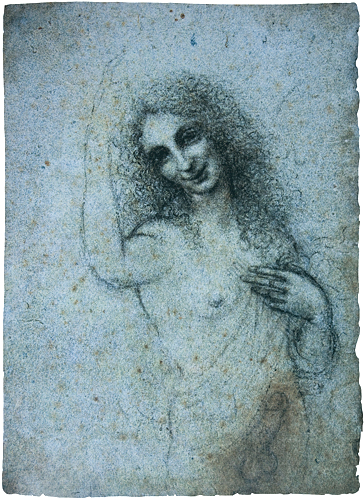Benveniste (as in note 1), p. 241.
These hands are performative. They solicit the viewers to acknowledge their own being-there as participants in the present time of all and any spectatorship, of all and any representation. As such, they constitute discourses, enclosures of authorial enunciations, in the sense of the linguistic differentiation that Émile Benveniste has established between discours and récit, and which Louis Marin has seminally adapted and elaborated for art history and the visual studies. [1] «In order for there to be a narrative (récit) or story», writes Benveniste, «it is necessary and sufficient that the author remain faithful to his enterprise as historian and banish all that is foreign to the narrative of events (discourse, personal reflection, comparison) […] the events are set down as they occurred, as they gradually appear on the horizon of the story. Nobody is speaking here. The events seem to tell themselves». [2] Discourse disrupts the author-less sovereignty of narrative, and situates it in the orbit of conditional subjectivities, temporalities, spaces, points of view.
